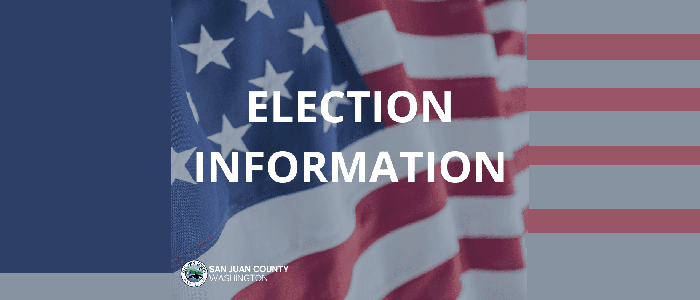— from WA Recreation and Conservation Office —
Who should you tell if you reel in a strange fish, find a new plant taking over in your yard or local park, spot a strange insect in your firewood or see a feral pig while recreating in the backcountry?
Figuring that out just got easier with an updated app from the Washington Invasive Species Council that lets you report unusual sightings on your smartphone or computer.
Within a few minutes of sighting an invasive species, a photograph, geographic coordinates and sighting information can be entered and made available immediately with an automated alert to the council and its network of experts.
“This streamlined process will enable invasive species managers in Washington State to more quickly respond to new invasive species sightings,” said Justin Bush, executive coordinator of the Washington Invasive Species Council. “When it comes to successfully eradicating invasive species, early detection and a rapid response is key.”
Invasive species and noxious weeds outcompete native plants and animals, interfere with commercial harvest and result in millions of dollars in costs to control and undo damages. Nationally, invasive species cost more than $137 billion annually through crop damage, fisheries reduction, forest health impacts and management.
Once experts verify a mobile app report, it becomes part of the Early Detection and Distribution Mapping System (EDDMapS), from the University of Georgia’s Center for Invasive Species and Ecosystem Health. EDDMapS is a Web-based mapping system that provides real time tracking of invasive species occurrences, and local and national distribution maps, available for viewing at eddmaps.org. EDDMapS contains more than 3 million invasive species occurrence reports made by 35,000 users across North America. This comprehensive view of invasive species locations helps to guide policy, research and decisions at local and international levels.
“EDDMapS aggregates data from many sources, professional and citizen scientists alike, through bulk data uploads, Web reports and smartphone reports into a database,” said Chuck Bargeron, associate director for invasive species and information technology at the University of Georgia Center for Invasive Species and Ecosystem Health.
The technology could be valuable for a regional initiative to prevent the spread of aquatic invasive mussels in the Pacific Northwest and western Canada, said Matt Morrison, executive director of the Pacific NorthWest Economic Region. The organization is working to combat invasive quagga and zebra mussels. Since the late 1980s, these destructive and persistent aquatic invasive species have infested waterways across the United States and often are transported on boat hulls.
“A reporting app that jurisdictions can use to pinpoint suspected invasive species incursions on a large-scale distribution map will be a major boon to regional mussel prevention and response efforts,” Morrison said. “Recent findings of mussel larvae in Montana–less than 75 miles from the Columbia River watershed–bring home the need for widespread invasive species monitoring and data-sharing technology.”
“Preventing the introduction of invasive species in Washington state and the region is everyone’s responsibility,” Bush said. “The app is another tool to prevent invasive species introductions. You can start tracking invasive species today by visiting the Google Play Store and Apple iTunes App Store and searching for WA Invasives.”
**If you are reading theOrcasonian for free, thank your fellow islanders. If you would like to support theOrcasonian CLICK HERE to set your modestly-priced, voluntary subscription. Otherwise, no worries; we’re happy to share with you.**







